The future of 4G: When will it be good enough?
Adoption of 4G continues to grow, but barriers to speed and coverage remain
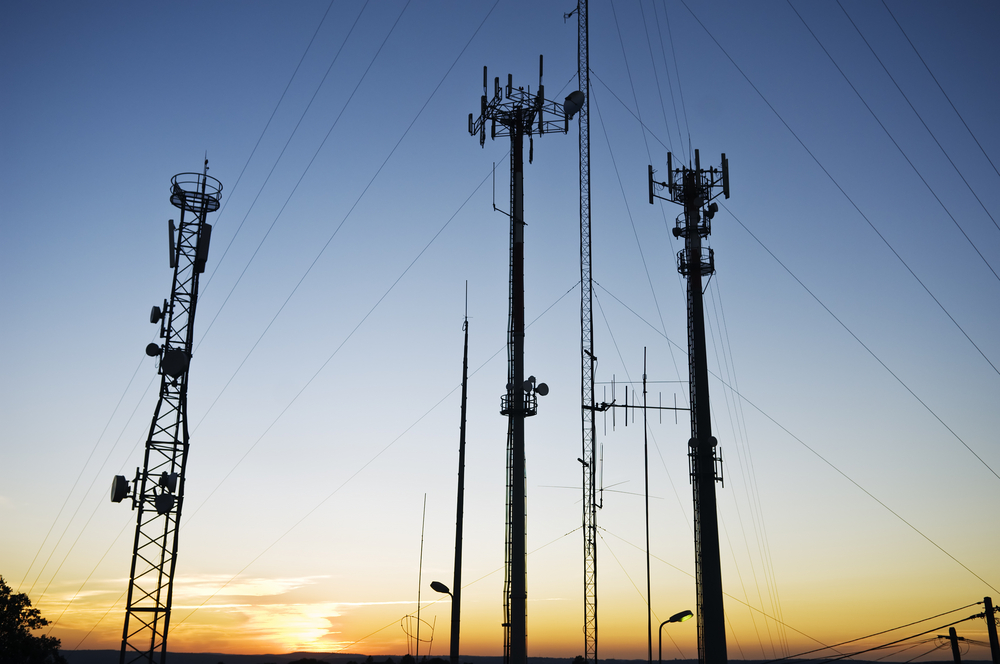
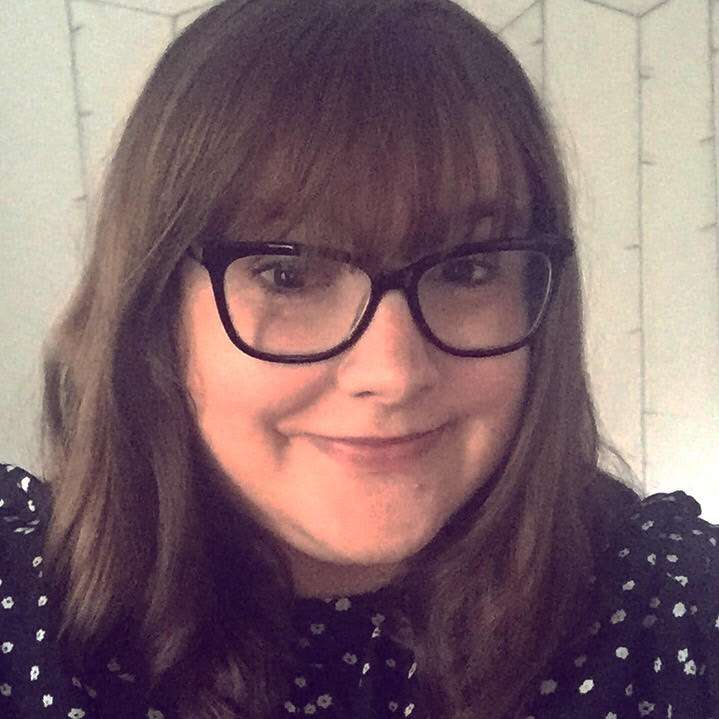
Coverage
The goal, of course, is to make coverage ubiquitous enough to render wired connections completely unnecessary.
This advancement would need to be met by unlimited data allowances and cheaper deals, but it would also make 4G a lot more enticing, especially for businesses.
This, unfortunately, is not yet the case, and huge gaps in coverage mean that 4G has a long way to go before it can be used as anyone's primary means of connecting.
Cloud storage, remote working and an increased reliance on mobile devices for work has made dependable, fast 4G all the more desirable, and now it just has to get good enough to meet those requirements.
Findings from ExpertMarket.co.uk show that regional coverage of 4G suffers in comparison to that in London, which leaves the capital with a significant advantage over businesses based in busy cities such as Bristol, Belfast and Middlesbrough.
Amy Catlow, director at Expert Market, said: "These findings make it clear that phone companies are still favouring London, and many places across the UK are receiving a poor service as a result.
"It is not only troubling for people in terms of business, but must be very frustrating for individual users too, who might find it hard to stream or download while out and about."
Get the ITPro daily newsletter
Sign up today and you will receive a free copy of our Future Focus 2025 report - the leading guidance on AI, cybersecurity and other IT challenges as per 700+ senior executives
In response to the findings, UK CEO at Vodafone, Jereon Hoencamp, said: "It's not about who's got the most coverage. It's more about having the strongest signal.
"We'd love to expand the network faster, but it's about doing it right first time; I'd rather do it at the pace we're doing and get it right, than try to go faster and build a thin and flimsy network.
"You can have a few sites here and there, but that would give you really patchy signal. We only turn 4G on when we have built or updated enough sites."
Improving coverage is a key concern for networks seeking to take the biggest piece of the 4G pie, with a spokesperson for O2 telling IT Pro: "In terms of coverage, our 4G network now covers 450 towns and cities and we currently stand at 54 per cent indoor population coverage."
But the mobile operator, being bought by Three owner Hutchinson for 10.25 billion, admitted a 600 million network investment over 2015 will go towards modernising its 2G and 3G networks, as well as funding its 4G roll out.
"We are committed to achieving our target of 98 per cent UK population coverage (indoor) by the end of 2017 the only operator to have made that commitment to Ofcom," the spokesperson added.
Similarly, a spokesperson for Vodafone said: "Vodafone has now extended its 4G coverage to 491 larger cities, towns and districts as well as thousands of smaller communities across the UK.
"Vodafone plans to provide coverage using 2G, 3G or 4G services to 98 per cent of the UK population. The rollout of 4G services is part of approximately 1 billion Vodafone is spending across its network and services in the UK this year, with a similar amount spent last year."
Pricing
Pricing tends to be where mobile networks separate the most, all seeking to offer the best deals and different combinations of data, calls and texts for the cheapest price.
Those offerings from the four big providers are as follows:
| Row 0 - Cell 0 | Price | Data |
| EE | 9.99-30.99 | Up to 5GB |
| Three | 8-30 | Up to Unlimited |
| Vodafone | 14-40 | Up to 20GB |
| O2 | 13-30 | Up to 8GB |
With Vodafone still offering the most expensive service, Gyanee Dewnarain, research VP for networking and communications services at Gartner, levelled this against adoption rates, saying: "From a pricing perspective, Vodafone is currently the most expensive while Three offers the best value for money.
"This has also reflected on customer adoption levels, with Vodafone trailing behind O2 and Three despite strong promotional tactics such as bundling Sky Sports, Spotify and Netflix.
"EE cannot be compared to the others due to its eight-month lead in the market. That said, its position as the European leader with nine million 4G customers is noteworthy."
All of this will result in more aggressive advertising campaigns and deals, Dewnarain predicts, with the market becoming more crowded as demand continues to grow.
Caroline has been writing about technology for more than a decade, switching between consumer smart home news and reviews and in-depth B2B industry coverage. In addition to her work for IT Pro and Cloud Pro, she has contributed to a number of titles including Expert Reviews, TechRadar, The Week and many more. She is currently the smart home editor across Future Publishing's homes titles.
You can get in touch with Caroline via email at caroline.preece@futurenet.com.
-
 Cleo attack victim list grows as Hertz confirms customer data stolen
Cleo attack victim list grows as Hertz confirms customer data stolenNews Hertz has confirmed it suffered a data breach as a result of the Cleo zero-day vulnerability in late 2024, with the car rental giant warning that customer data was stolen.
By Ross Kelly
-
 Lateral moves in tech: Why leaders should support employee mobility
Lateral moves in tech: Why leaders should support employee mobilityIn-depth Encouraging staff to switch roles can have long-term benefits for skills in the tech sector
By Keri Allan
-
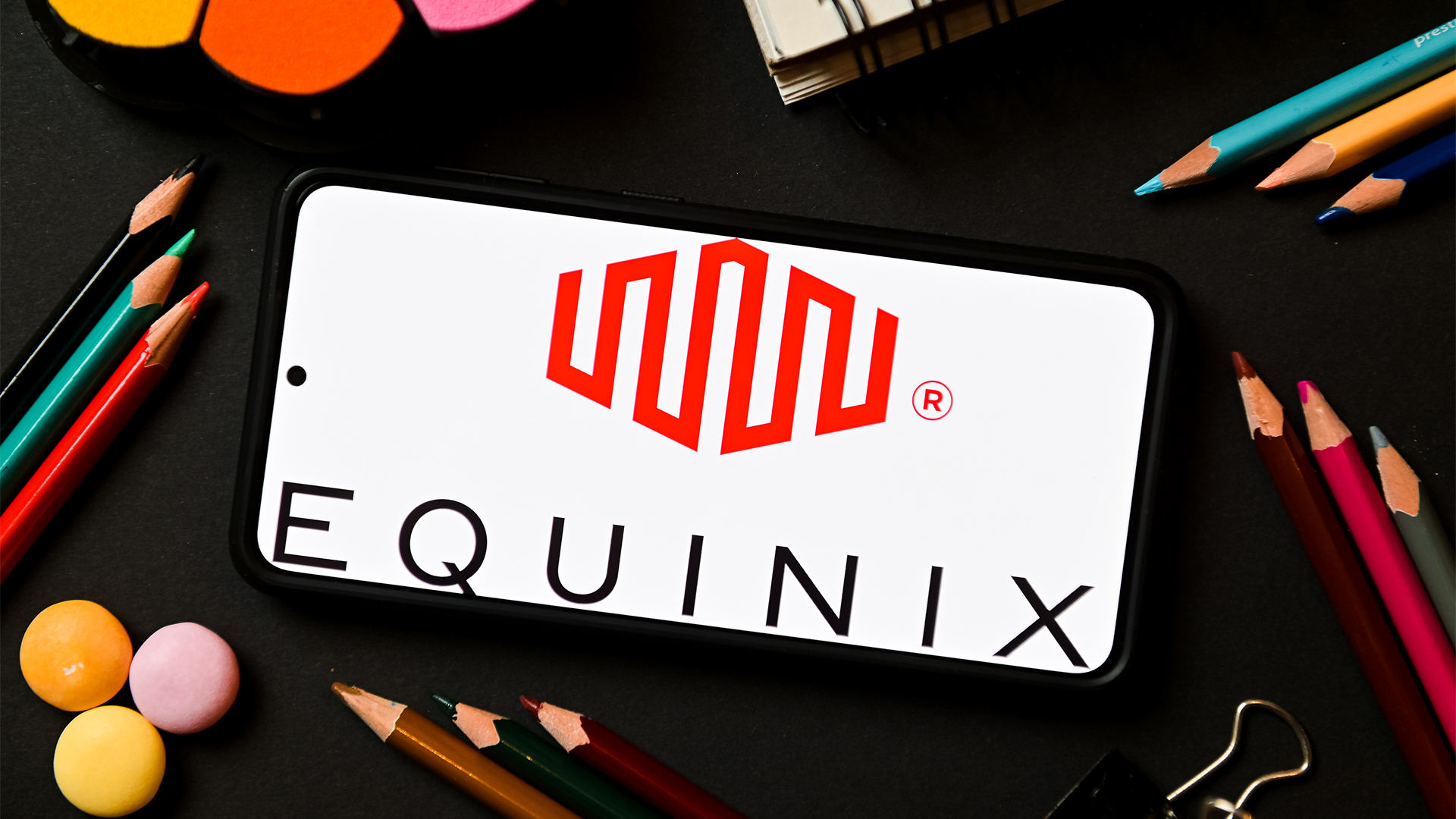 Equinix acquires BT's Irish data centers in €59 million deal
Equinix acquires BT's Irish data centers in €59 million dealNews As BT moves to an asset-light business model, Equinix looks to expand
By Emma Woollacott
-
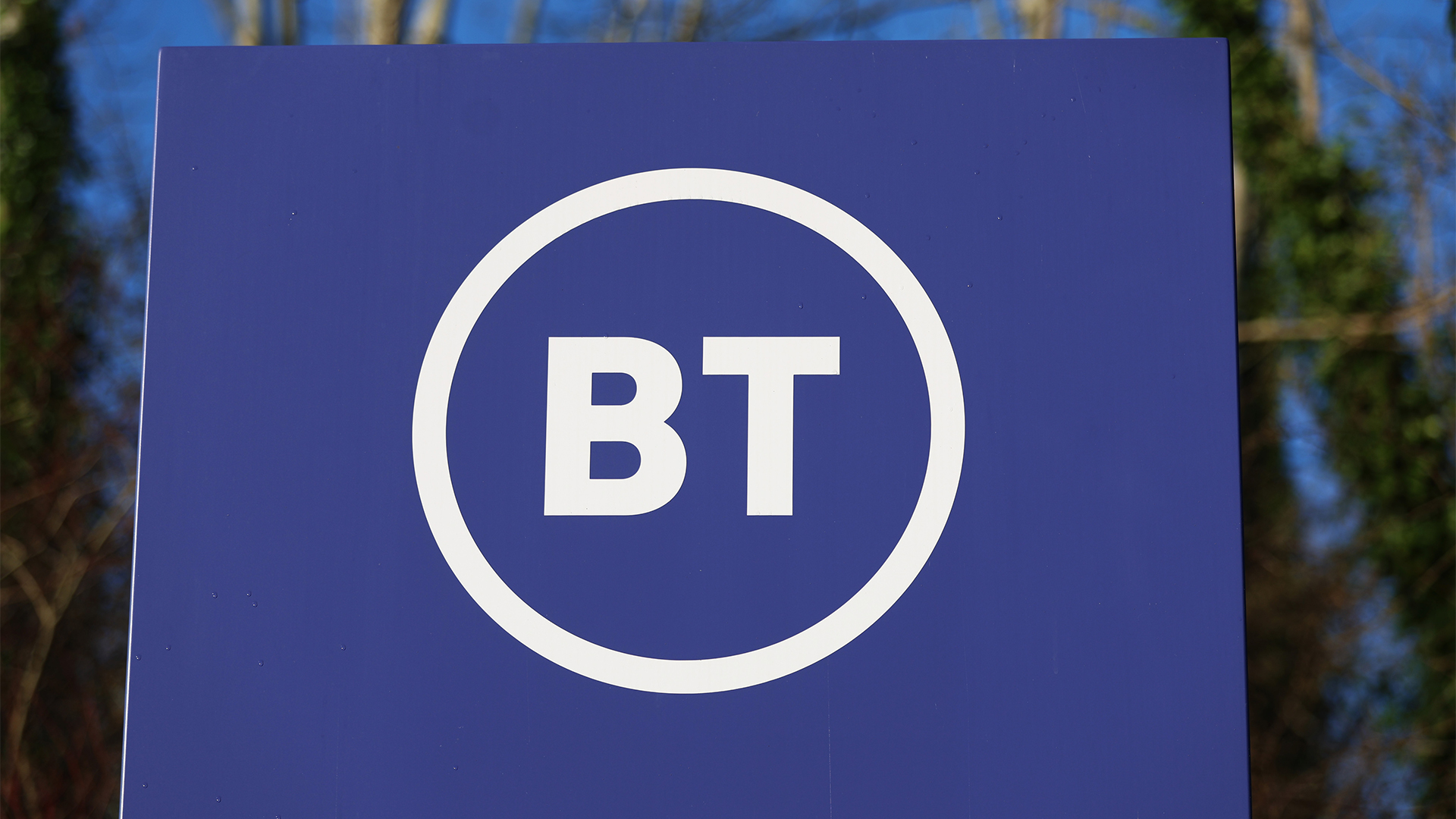 BT just extended the PSTN switch-off deadline — here’s what you need to know
BT just extended the PSTN switch-off deadline — here’s what you need to knowNews BT described the move as a “revision”, citing a series of improvements to the wider PSTN switch-off programme
By George Fitzmaurice
-
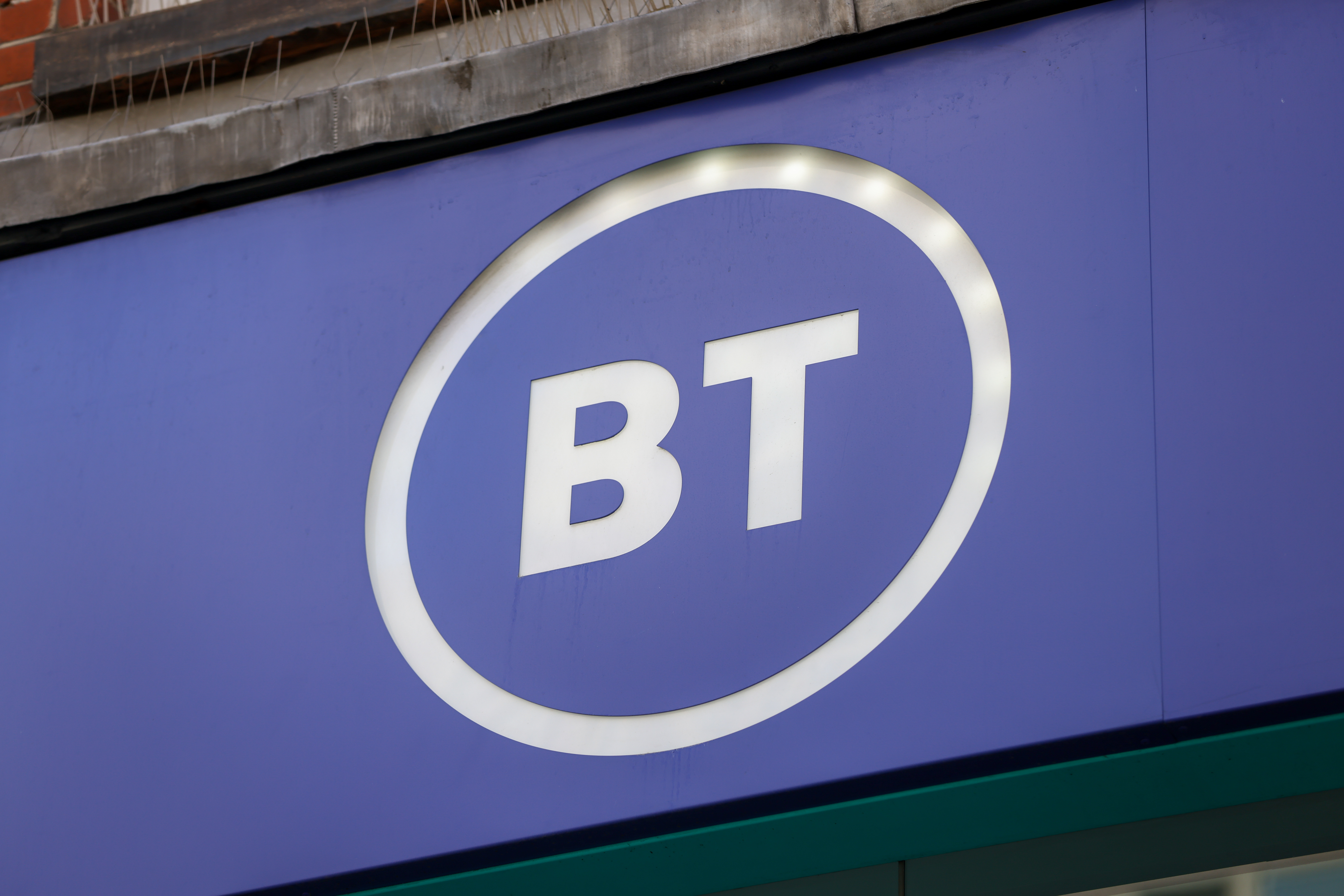 BT misses key Huawei kit removal deadline, but the telco is “almost over the line”
BT misses key Huawei kit removal deadline, but the telco is “almost over the line”News BT is still reliant on non-compliant Huawei equipment for 2G and 3G services
By Ross Kelly
-
 BT partners with HPE to deliver new global managed LAN service
BT partners with HPE to deliver new global managed LAN serviceNews The latest collaboration combines BT’s connectivity expertise with HPE Aruba Networking’s latest LAN solutions
By Daniel Todd
-
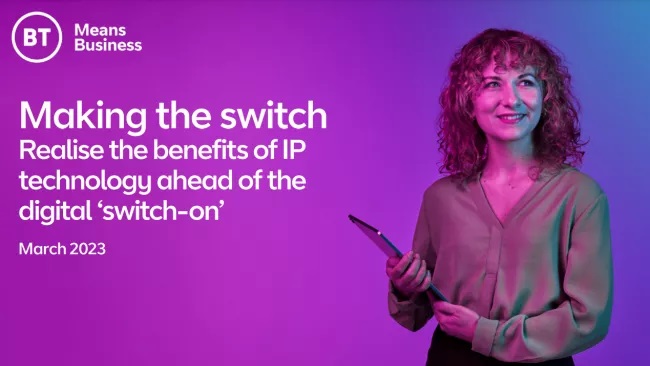 Making the switch
Making the switchWhitepaper Realise the benefits of IP technology ahead of the digital ‘switch-on’
By ITPro
-
 BT and OneWeb succeed in "game changer" satellite connection trial
BT and OneWeb succeed in "game changer" satellite connection trialNews Smaller businesses in rural areas could benefit from improvements to backhaul services using satellites, with speeds increasing by an order of magnitude
By Rory Bathgate
-
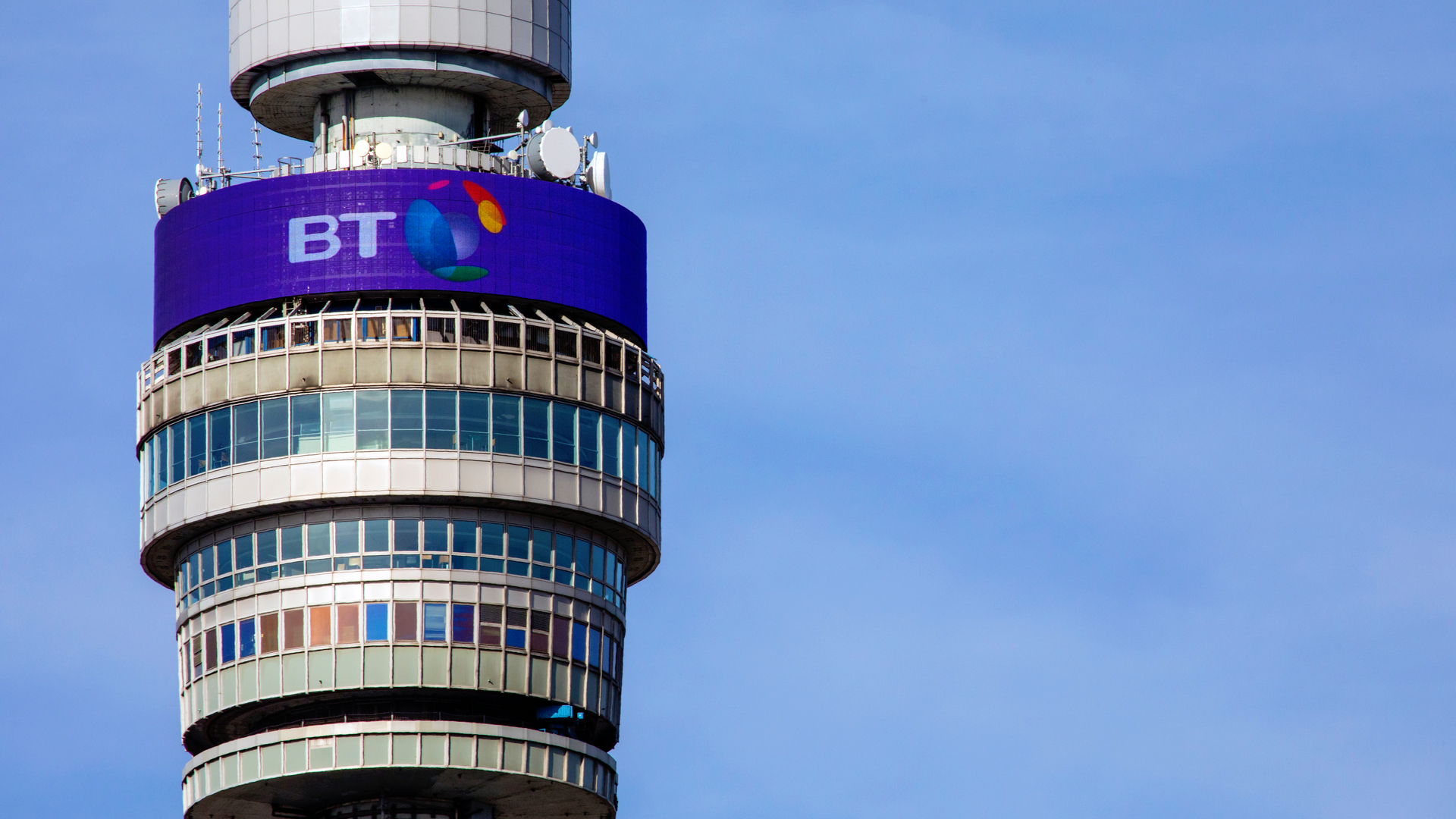 BT, Nokia crack four carrier aggregation on a 5G network in first for Europe
BT, Nokia crack four carrier aggregation on a 5G network in first for EuropeNews The breakthrough marks the first successful use of such technology on a live network, and could lead to dramatic network improvements
By Rory Bathgate
-
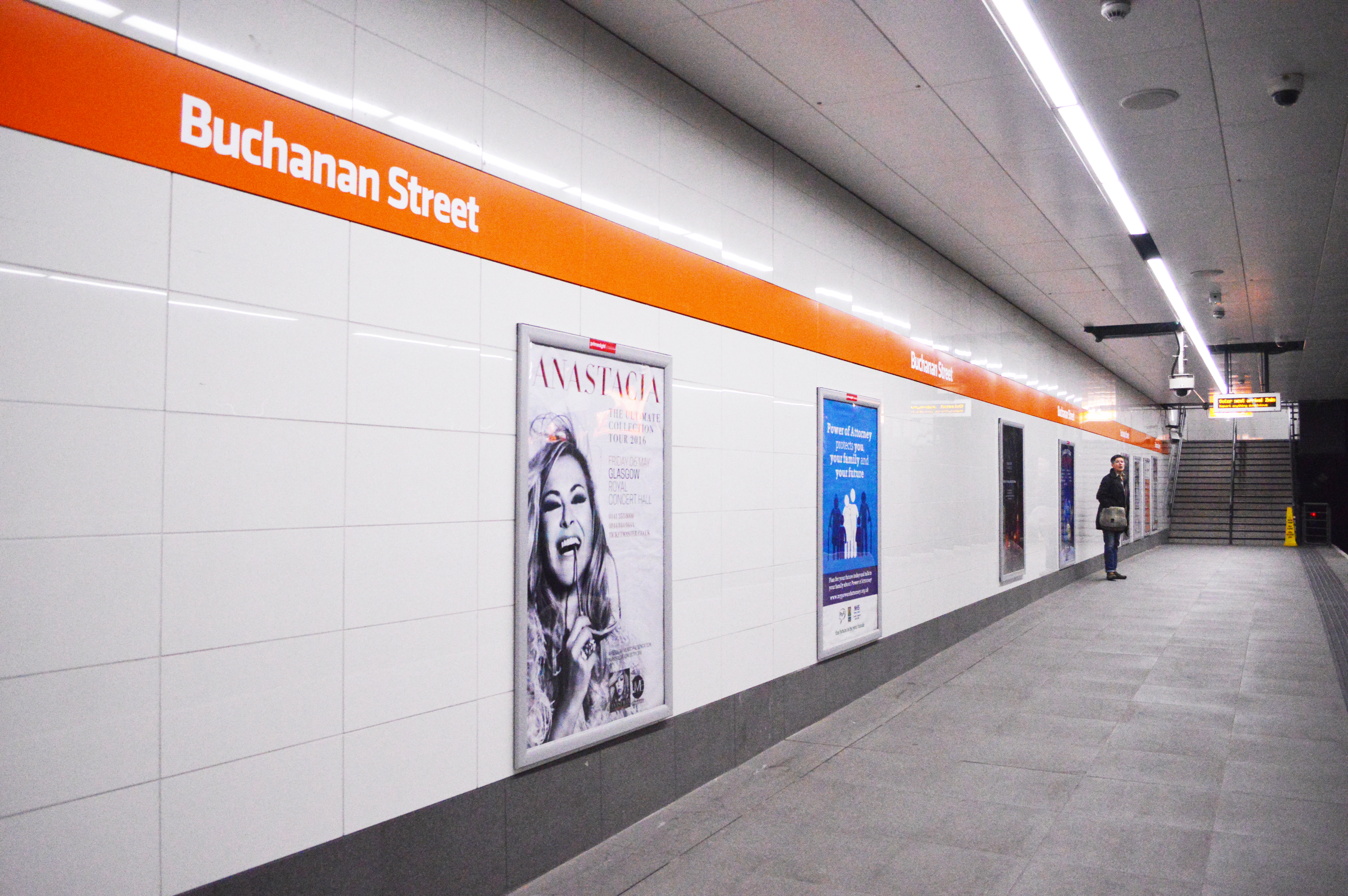 EE rolls out 4G across Glasgow's underground network
EE rolls out 4G across Glasgow's underground networkNews The network is currently restricted to EE customers but is likely to expand in the near future
By Sabina Weston